Five cities where your travel cash goes further
8 min readBy Lindsey GallowayFeatures correspondent

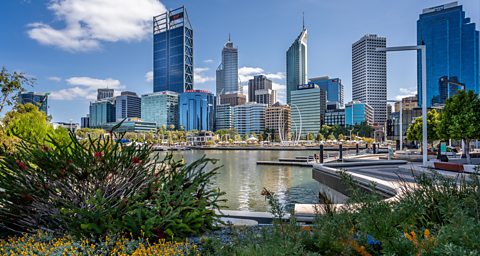 Nigel Jarvis/Getty Images
Nigel Jarvis/Getty ImagesFrom Toronto to Tokyo, these five cities remain surprisingly affordable compared to their more costly neighbours.
Prices have been rising rapidly in cities across the world, driving the cost of living higher than ever before. In fact, the average price of goods and services rose 7.4% year over year, according to the Economist Intelligence Unit’s (EIU) recently released 2023 Worldwide Cost of Living Report. That’s marked a huge jump from the 2.9% average over the past five years.
But not everywhere has been impacted equally. The report ranks 173 cities based on prices of food, clothing, rent and transportation and other costs of 200+ goods and services. When compared to the report’s global index, some cities remain relatively low-cost compared to places like Singapore and Zurich, both of which tied for the most expensive place to live. Many cities in Asia, for instance, became relatively less expensive, with 46 out of 58 cities slipping down the rankings due to a more sluggish economic recovery.
Some cities also remain surprisingly affordable compared to their more-costly neighbours. For travellers or digital nomads, these places can offer the same big-city amenities at a much lower cost of living. We spoke to residents and recent travellers to the cities that ranked as less expensive on the annual EIU index when compared to their continent’s other cities, and heard their advice on what makes living more affordable – and how to make the travel cash go even further.

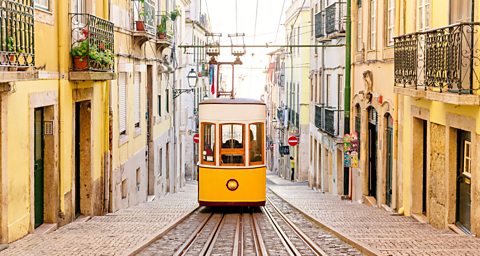 Alexander Spatari/Getty Images
Alexander Spatari/Getty ImagesLisbon, Portugal
As the least-expensive city in Western Europe, according to the EIU rankings, Lisbon has been a hotspot for digital nomads in recent years, especially due to its 2022 digital nomad visa that lets freelancers and remote workers stay for one to two years. Its relatively lower costs (56% lower than other cities in Western Europe, according to travel cost site Expatistan) also make it an attractive destination for travellers.
“Lisbon was one of the top cities on my bucket list, and this summer, I was finally able to see this vibrant destination for myself,” said Mercedes Zach of Asaptickets. “It is not only beautiful, welcoming and fun, but also full of budget-friendly things to do.”
Zach recommends exploring the bohemian Bairro Alto neighbourhood to uncover street art, city views and sunset gatherings with locals. She also enjoyed exploring the free Parque Eduardo VII central park, which features estufas (greenhouses) that showcase exotic plants from Portugal and the tropics. The free Museu do Teatro Romano gives a peek into the city’s Roman past, with preserved theatre ruins.
To experience authentic fado music, Zach suggests heading to the affordable Tasca do Chico. “The old, cosy tavern is adorned with photos, posters and clippings of the soulful fado singers and performers and the atmosphere there is genuinely authentic,” she said. “It also offers amazing live fado shows without any entrance fees.” She recommends going on Mondays or Wednesdays, when there’s local singers and fewer crowds.

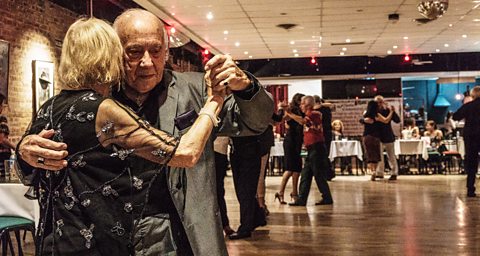 James Strachan/Getty Images
James Strachan/Getty ImagesBuenos Aires, Argentina
With the worst inflation rates in the world and plummeting currency valuations, Buenos Aires made the bottom 10 cities of the index – ranking 163 out of 173. The currency destabilisation has brought more strength than ever to the US dollar, which is sought after by residents as a way to preserve their savings. Known as the dólar blue or “blue dollar rate”, this exchange rate is often taken advantage of by travellers on the ground via Western Union.
Money here goes much further than it did even five years ago, but it helps to be savvy about it. “One thing I picked up is that it’s way better to pay in cash rather than using a foreign credit card,” said Josephine Remo Finderup, a writer and a digital nomad. “It’s one of those little tricks that really makes a difference in how far your money goes.” Because rent and food are so much more affordable here, she’s planning to stay six months before heading back to Europe.
The right neighbourhood can also lower costs. Alex Trembath, travel blogger at Career Gappers, recently stayed in the historic San Telmo neighbourhood, which he found was an ideal base for budget activities. “There’s a lively weekly market on Sundays, many affordable places to eat and drink, and some fantastic free walking tours to explore the art and culture of the area and the nearby Boca neighbourhood,” he said.
He also went to a milonganight, where visitors can learn how to tango with locals. “It’s a lot cheaper than going to one of the touristy tango shows,” he said. “And a more authentic experience.”

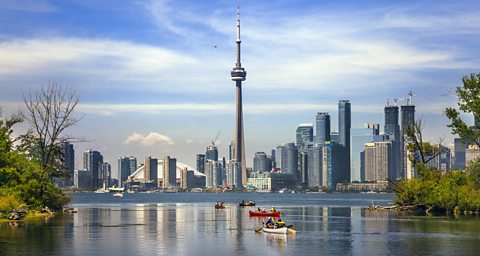 Istvan Kadar Photography/Getty Images
Istvan Kadar Photography/Getty ImagesToronto, Canada
While North American inflation has slowed, big US cities like New York and Los Angeles still rank within the top-10 most-expensive places in the world. Meanwhile, Canadian cities to the north continue to remain lower in the cost-of-living rankings. Of all the Canadian cities ranked, Toronto ranks the most affordable, coming in at number 27.
Combined with being one of the world’s most liveable cities, travellers find Toronto to be an affordable and welcoming destination, especially for families.
Toronto resident Stephanie Ciccarelli, co-founder of vacation rental platform Lake, recommends city sightseeing via boat cruise on Lake Ontario, visiting the Hockey Hall of Fame, or ascending the iconic CN Tower. “A fan favourite is going up the tower in its high-speed elevator to walk the iconic observation deck for a panoramic view of the cityscape and waterfront,” said Ciccarelli.
Toronto is also known as “the City within a Park”, with plenty of green space available for time in nature. “I love being able to leave my apartment and go on a nice walk or hike and enjoy the outdoors,” said Toronto resident Natalia Buia. Her favourites include High Park, Trinity Bellwoods and Toronto Island Park.
And while she says inflation can definitely still be felt here, you can find a diverse array of food at every price point. “Whether you want to grab a bite at a local dive or spoil yourself with fine dining, you can find literally any type of food you want at any time of day,” said Buia. “Much like in New York, there’s no shortage of exquisite restaurant options – but I argue it’s a tad bit more affordable here!”

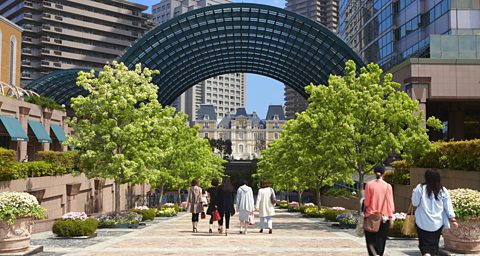 Laurie Noble/Getty Images
Laurie Noble/Getty ImagesTokyo, Japan
Moving three down the index this year and ranking 60 overall, Tokyo continues to be Japan’s most expensive city yet is now more affordable than fellow Asian cities like Singapore and Hong Kong. While other countries battle inflation, Japan has been in a multi-year battle with deflation, trying to maintain the monetary strength of the yen. This combined with Japan only recently completely reopening to tourism post-Covid makes it an especially affordable time for travellers to visit.
“The cost of living in Tokyo ranks well behind cities like New York City, London and Singapore,” said Tokyo resident Masa Yamamoto, senior manager of corporate communications at real-estate developer Mori. That makes the urban attractions and big-city experiences much more accessible here, and the plentiful nature opportunities within the city itself can keep costs low.
Yamamoto encourages tourists to stroll the 24,000 sq m of urban gardens and public art installations at the newly developed Azabudai Hills neighbourhood for free. “Visitors will be surrounded by 320 species of plants and can enjoy an orchard with 11 types of fruit trees, including mandarin oranges, blueberries, lemons, apples, peaches and plums,” he said.
For a new perspective on the city, he recommends the contemporary art Mori Art Museum and its connected Tokyo City View, which offers a view of the city from 250m above sea level for just 2,000 yen.

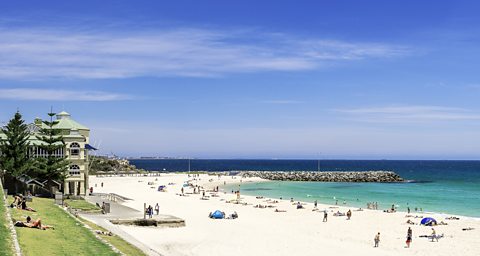 Neal Pritchard Photography/Getty Images
Neal Pritchard Photography/Getty ImagesPerth, Australia
Ranking as much more affordable than its eastern neighbours Sydney and Melbourne, Perth offers residents a laid-back lifestyle that’s made even easier with its temperate climate, beautiful beaches and abundant nature. Since Perth has a high number of employees in the mining sector, salaries also tend to be higher here, which gives locals more spending power.
“Perth’s affordability lets me live a more relaxed lifestyle. My rent would double or even triple for a comparable apartment in Sydney,” said Nadia Cuthbertson, Perth resident and founder of Perth Weekend. “I’ve got more disposable income to get out and about and enjoy activities like cocktails at rooftop bars and seafood dinners overlooking the ocean.”
Her favourite rooftop spots include the Rooftop at QT for its spectacular view, and Mechanics Institute for its more laid-back atmosphere, but she also recommends fish and chips at the iconic Cottesloe Beach as the sun sets over the ocean. For those looking to explore nature, she recommends renting a catamaran from South Perth Foreshore to sail the Swan River, or trying snorkelling at Mettams Pool, a naturally formed lagoon featuring starfish and molluscs.
Living In is a series from BBC Travel that discovers what it’s like to reside in some of the world’s top destinations.
—
Join more than three million BBC Travel fans by liking us on Facebook, or follow us on Twitter and Instagram.
If you liked this story, sign up for The Essential List newsletter – a handpicked selection of features, videos and can’t-miss news delivered to your inbox every Friday.


